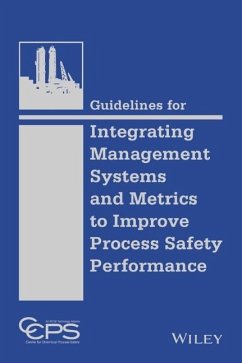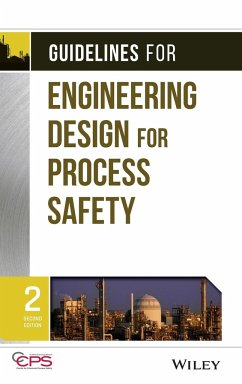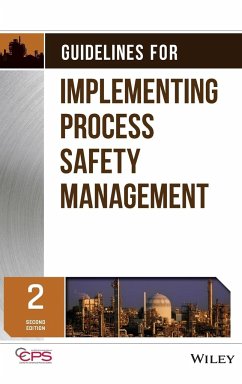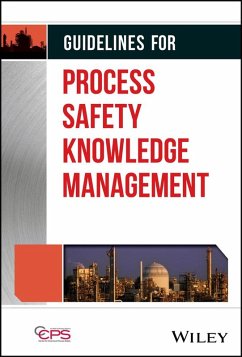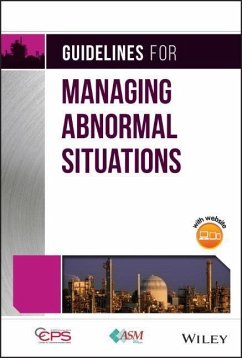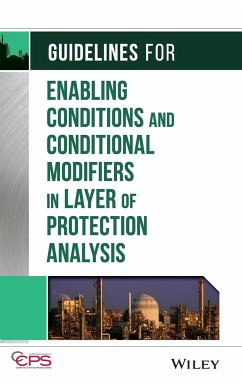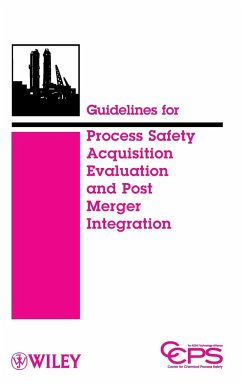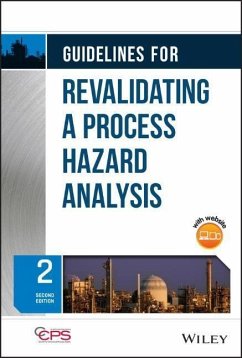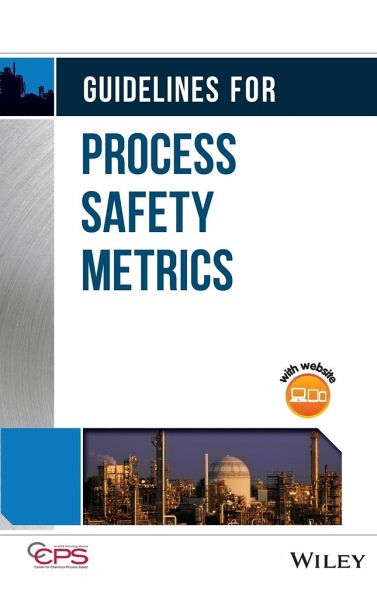
Guidelines for Process Safety Metrics

PAYBACK Punkte
57 °P sammeln!
The purpose of this book is to provide guidance to many levels of the organization when implementing or improving existing corporate process safety metrics. Although the process safety leaders in the company will have the strongest interest, it is equally important that others in leadership roles also read this book and work together with the process safety leaders in selecting and implementing the appropriate metric programs.This book provides guidelines and examples of effective practices for the development and use of process safety leading and lagging metrics; while also providing basic in...
The purpose of this book is to provide guidance to many levels of the organization when implementing or improving existing corporate process safety metrics. Although the process safety leaders in the company will have the strongest interest, it is equally important that others in leadership roles also read this book and work together with the process safety leaders in selecting and implementing the appropriate metric programs.
This book provides guidelines and examples of effective practices for the development and use of process safety leading and lagging metrics; while also providing basic information about process safety performance indicators such as the what, when, where and why they are useful. The book explains how to calculate the three global lagging metrics recommended by CCPS. Finally the book also provides sufficient examples such that readers gain an understanding of how performance metrics can be successfully applied over the short and long term.
This book provides guidelines and examples of effective practices for the development and use of process safety leading and lagging metrics; while also providing basic information about process safety performance indicators such as the what, when, where and why they are useful. The book explains how to calculate the three global lagging metrics recommended by CCPS. Finally the book also provides sufficient examples such that readers gain an understanding of how performance metrics can be successfully applied over the short and long term.



